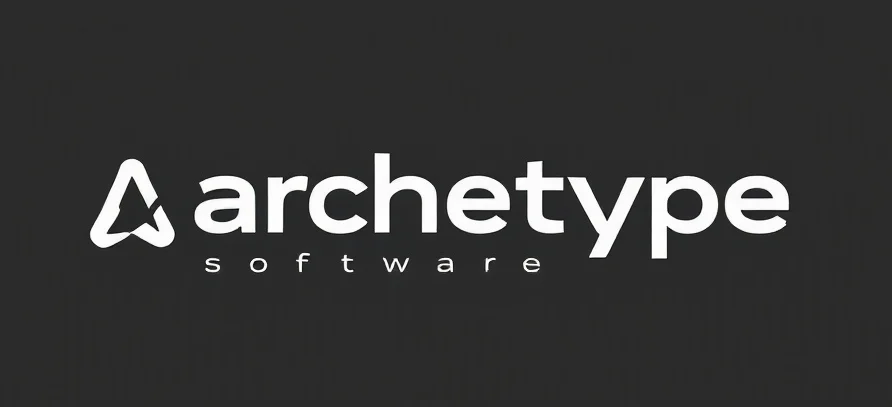The Pragmatic Magic of Sales Forecasting in AI
AI is like trying to assemble IKEA furniture without instructions—daunting yet full of potential. But when it comes to the realm of sales forecasting, it’s less about assembling chaos and more about orchestrating a symphony where data is the maestro. If you’re intrigued about how AI is reshaping sales forecasting, you might want to check out the sales forecasting formula that ProductScope explores.
Beyond the Crystal Ball: The Mechanics of AI in Sales Forecasting
When we talk about AI in sales forecasting, we’re not summoning a digital oracle. Instead, think of it as a diligent detective, sifting through mountains of data to predict sales trends, demand spikes, and consumer behavior. These predictions aren’t just educated guesses; they’re data-driven insights that can transform how businesses plan their strategies.
AI models analyze historical sales data, seasonal trends, marketing campaigns, and even external factors like economic indicators. It’s like having an intern who can process terabytes of information faster than you can say “predictive analytics.”
From Guesswork to Data-Driven Decisions
The transformative aspect here isn’t in the ability to predict but in shifting from intuition-based decisions to data-driven strategies. Businesses that embrace AI in sales forecasting can pivot from reactive to proactive, identifying potential market shifts before they happen. It’s akin to having a weather forecast for your sales pipeline—except this one leverages real-time data and machine learning algorithms.
But let’s not get carried away. AI isn’t flawless. It requires supervision, like any good intern. Without human oversight, AI can wander into the uncanny valley of poor predictions and skewed data interpretations. The key is collaboration between human intuition and AI’s analytical prowess.
Actionable Steps to Embrace AI in Sales Forecasting
- Data Hygiene is Critical: Ensure your data is clean, current, and comprehensive before feeding it to AI models. Think of it as setting the stage for a performance—everything must be in its place.
- Start Small, Scale Smart: Begin with a pilot project to test AI-driven forecasts. Learn from the insights, adjust your strategies, and then scale up. AI implementation is a marathon, not a sprint.
- Human-AI Collaboration: Foster a culture where AI is seen as an ally, not a threat. Train your team to work alongside AI tools, using their human intuition to enhance AI’s analytical capabilities.
In the end, AI in sales forecasting is not about replacing humans but augmenting human capability. It’s about transforming the way we approach data, turning it from a chaotic sea into a navigable map. And as long as we remember to keep the human element in focus, the possibilities are not just exciting—they’re achievable.
Checkout ProductScope AI’s Studio (and get 200 free studio credits)

